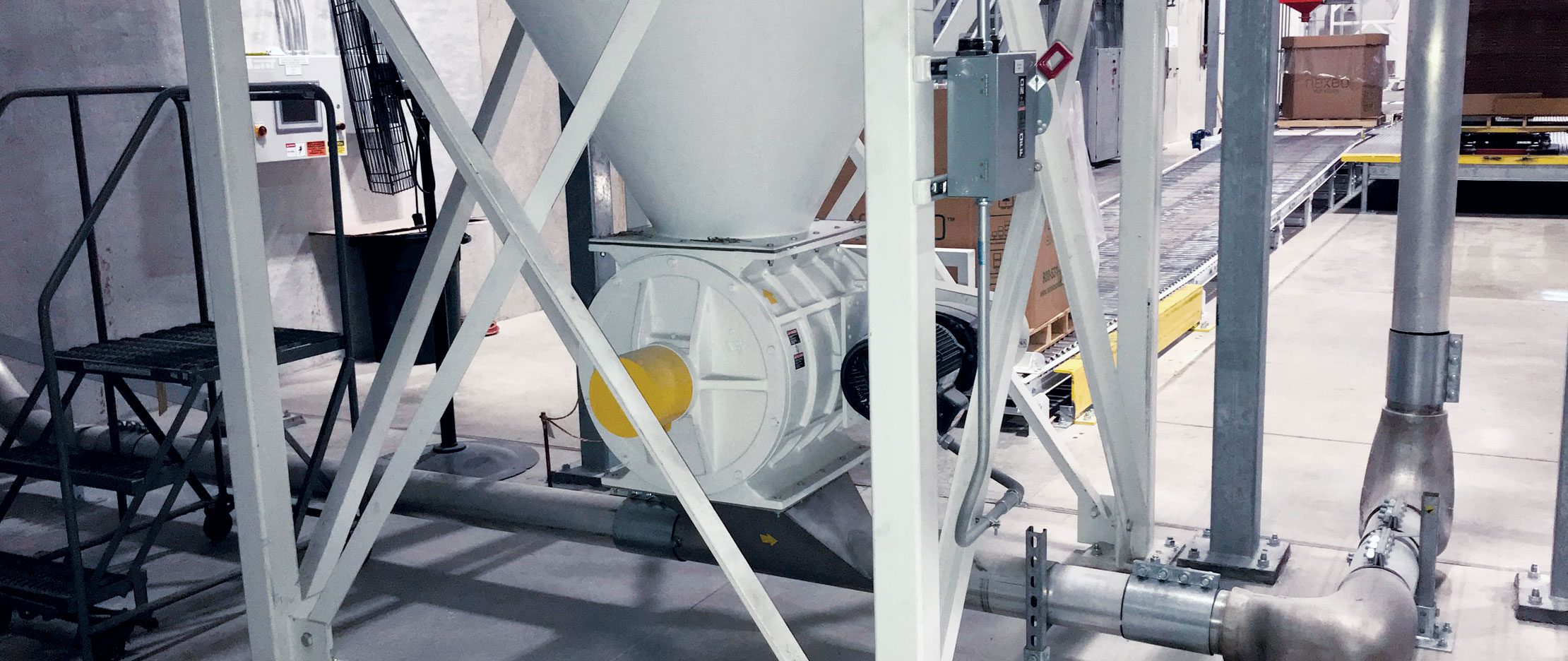

Implementing rotary airlock valves is paramount in industrial processes, especially those involving pneumatic conveying systems. Magnum Systems' Regional Sales Manager, Brad Schultz, provides invaluable insights into how integrating these components can significantly enhance operational efficiency and reliability in your production line.
Understanding Pneumatic Conveying Systems
At the heart of a dilute phase pneumatic conveying system are four critical components:
These systems can be further categorized into pressure, vacuum and pull/push systems, each with its unique configuration and application of rotary valves.
Brad Schultz emphasizes, "Everybody calls them airlocks, but they are only right 1/3 of the time."
This statement underscores a widespread misconception about the functionality of rotary valves. Though they might appear straightforward—cast iron or stainless-steel valves with a simple motor and chain drive—their internal mechanics are precision-engineered to maintain tight tolerances.
The Multifaceted Roles of Rotary Airlock Valves
Rotary valves can serve as:
"The ugly truth is that rotary valves leak air due to their design with .006-to-.009-inch clearances," Schultz points out.
Despite this, their capability to perform dual functions adeptly makes them indispensable in pneumatic systems.
Imagine the Rotary Airlock As the "Human Rotary Airlock"
Drawing an analogy, Schultz describes the rotary airlock as the "revolving door" of pneumatic systems. It is adept at handling materials of varying sizes without metering their quantity. This flexibility is critical in ensuring seamless operation in pressure or vacuum systems.
Sizing and Efficiency Considerations
Understanding rotary airlock valves' sizing and efficiency is crucial when integrating them. "All Rotary Valves are sized per their CFR and stated as 'water full,'" Schultz explains.
However, adequate sizing considers fill efficiency, with different benchmarks for feeder, airlock and airlock/feeder applications, along with factors like speed and horsepower requirements.
Addressing the Inevitability of Air Leakage
A notable aspect of rotary airlock valves is their inherent "blow-by" air leakage, proportional to the pressure differential across them.
Schultz advises, "Let it be your friend or your enemy," highlighting how this leakage can be advantageous or detrimental depending on the material's properties and system design.
Final Takeaways
Efficiently calculating fill efficiency and anticipating air leakage is key to optimizing the use of rotary airlock valves.
Schultz concludes, "Rotary airlocks leak air, plain and simple. And leak proportionally to the pressure differential they are separating." Despite their imperfections, rotary airlock valves' dual functionality within pneumatic conveying systems is unparalleled.
Magnum Systems' expertise and Schultz's insights demystify the complexities surrounding rotary airlock valves, offering a beacon of knowledge for industries seeking to refine their production lines through precise and versatile pneumatic conveying solutions.
Magnum Systems podcast series, AIM!
RELATED POSTS
When is a Rotary Valve Actually an Airlock, Airlock Feeder or a Feeder?
Troubleshooting a Conveying System? Chances are the Airlock is the Culprit.
Understanding Rotary Valve Design – Features & Accessories
Rotary Valves & Airlocks
Related Post
How Can High-Quality Rotary Airlock Valves Elevate Your Production Line?
Why Use a Single-Source Systems Integrator Like Magnum Systems?
What Are the Advantages of Dense-Phase Pneumatic Conveying?
Mastering Integration in Manufacturing with Magnum Systems: A Deep Dive Podcast Episode